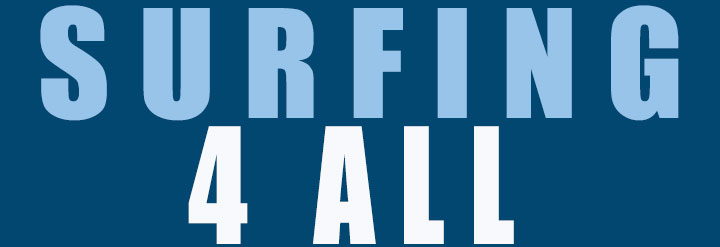Jennifer Ko
Agency proposes guideline to stem period of loan payments produced by “payday” financing techniques.
For all People in america struggling in order to make ends satisfy between paychecks, just one loan can snowball into crippling, long-lasting financial obligation. A tiny loan of just a couple hundred bucks can very quickly amass charges and place customers’ financial survival in danger. Yet, the advent of a specific sort of loan—known as the “payday” loan—has, by many people accounts, made this issue a harsh truth for scores of Us americans.
https://installmentloansgroup.com/payday-loans-wy/
“Payday” loans, which typically charge a $15 cost for every single $100 lent, are high-cost, short-term loans widely used by low-income borrowers with impaired credit. Even though the typical pay day loan quantities to simply $350 for the 14-day period, these tiny loans are severely challenging for low-income borrowers, not merely due to their ultra-high rates of interest, that could surpass 300 per cent, but additionally due to the repayment procedure embedded inside their terms. Borrowers are usually necessary to pay the lump-sum once the loan is born, an order that is especially tall income-volatile customers. Not able to spend the lump sum payment, numerous customers sign up for another loan to repay the first one—spurring a cycle of loan after loan, with all the borrower that is average away 10 payday advances each year merely to keep consitently the initial quantity afloat.
The Consumer Financial Protection Bureau (CFPB) recently proposed a rule that would establish consumer protections for borrowers taking out payday and similarly structured loans to tackle this growing issue of short-term, small-dollar loans. The rule would impose brand new limitations on loan providers, also it would need them which will make a determination that is reasonable the borrower is able to repay the mortgage, after which to get yourself a borrower’s particular authorization to withdraw payment from a merchant account after two consecutive re re re payment efforts have actually unsuccessful.
Instead, the guideline will allow loan providers in order to make loans without assessing the borrower’s ability to repay so long as they structure the loan to own caps regarding the optimum loan quantity, rate of interest, and timeframe. Since it appears, the proposed guideline would affect 2 kinds of loans: short-term loans, such as for example payday advances, and longer-term loans which have specially high interest rates and that threaten either a borrower’s banking account or vehicle name.
The proposed guideline marks the time that is first the CFPB has tried to modify payday and similarly structured loans. Prior to the creation of the CFPB this year, payday advances as well as other short-term tiny loans had been mostly controlled by states, with reduced intervention that is federal. This approach that is state-dominated increase to a patchwork of payday financing practices—and which, even with the CFPB’s creation, has remained in place—with one 2013 report through the Center for accountable Lending noting that 29 states do not have substantive limitations on payday financing whatsoever, while 21 states therefore the District of Columbia have either limited or eradicated payday financing methods entirely.
Now, along with eyes regarding the government’s that is federal attempt to modify a $15.9 billion industry, policymakers and skillfully developed alike have already been vocal in debating the merits associated with the proposed guideline. The Pew Charitable Trusts’ tiny Dollar Loan venture, in specific, happens to be among the few non-industry groups to oppose the guideline.
One potential issue that the proposed rule poses is the fact that it would do nothing to address the growing practice of “installment lending,” Nick Bourke, the director of the Small-Dollar Loan Project, reportedly has stated although it would reduce the number of short-term payday loans. With absolutely nothing to stop loan providers from moving to nominally various but functionally comparable loans, Bourke advises that the rule be revised to incorporate a repayment standard according to reasonable, small-installment payments. Under such a method, a borrower would pay back a $500 loan over six months—rather than more than a two-week pay period—with each repayment capped at 5 per cent of the borrower’s paycheck.
But advocates regarding the financing industry argue that the guideline would force large number of tiny loan providers away from company and stop the only channel of credit that is ready to accept low-income borrowers. Further, need for these loans stays high, with one 2014 research through the Federal Reserve Bank of St. Louis calculating there are more cash advance storefronts than you will find McDonald’s restaurants in america.
Even though the CFPB stays certain that its proposed guideline would better protect customers, the best effect so it might have regarding the financing industry and susceptible borrowers stays uncertain.
The CFPB invites the general public to touch upon its proposed guideline until September 14, 2016.
